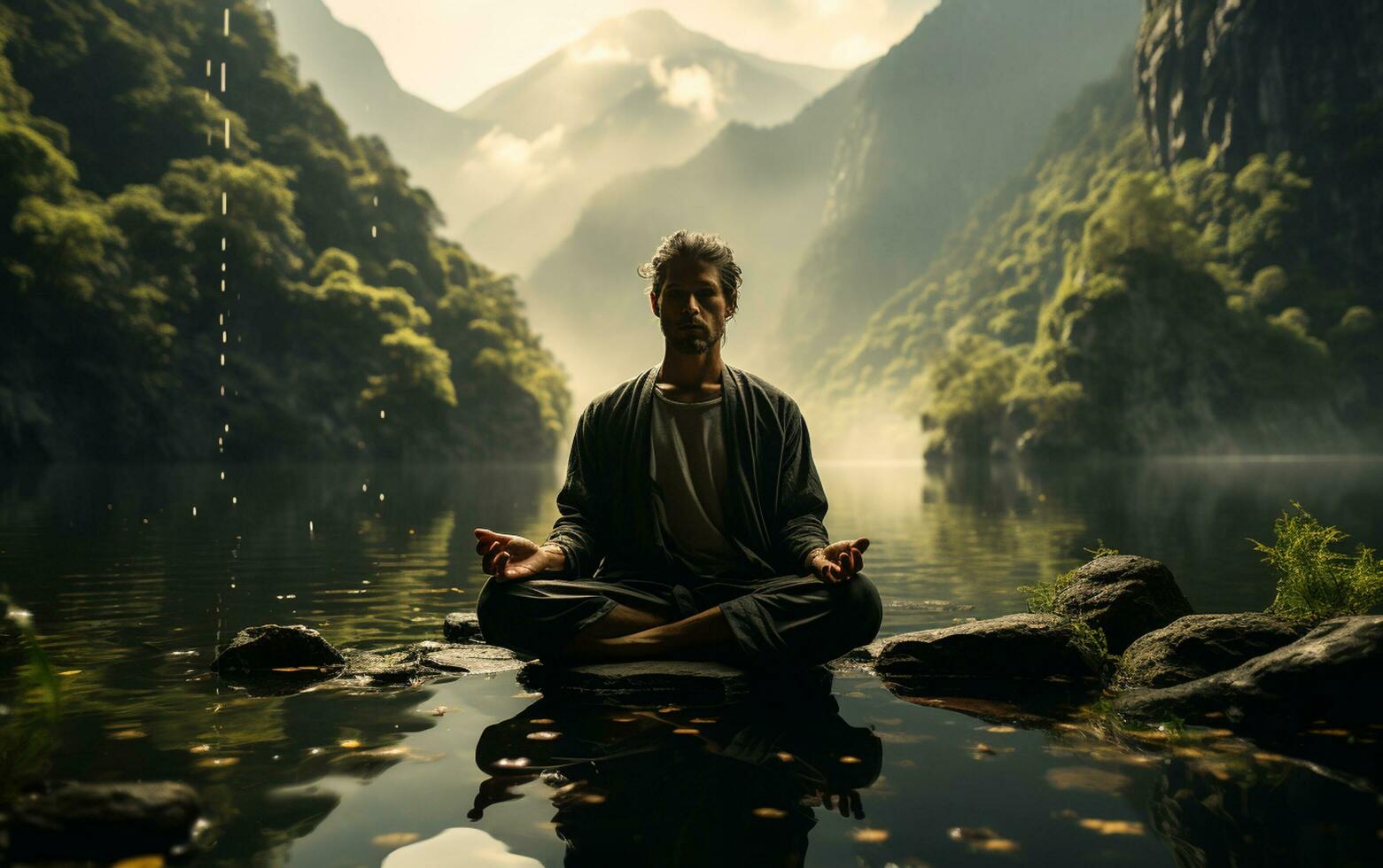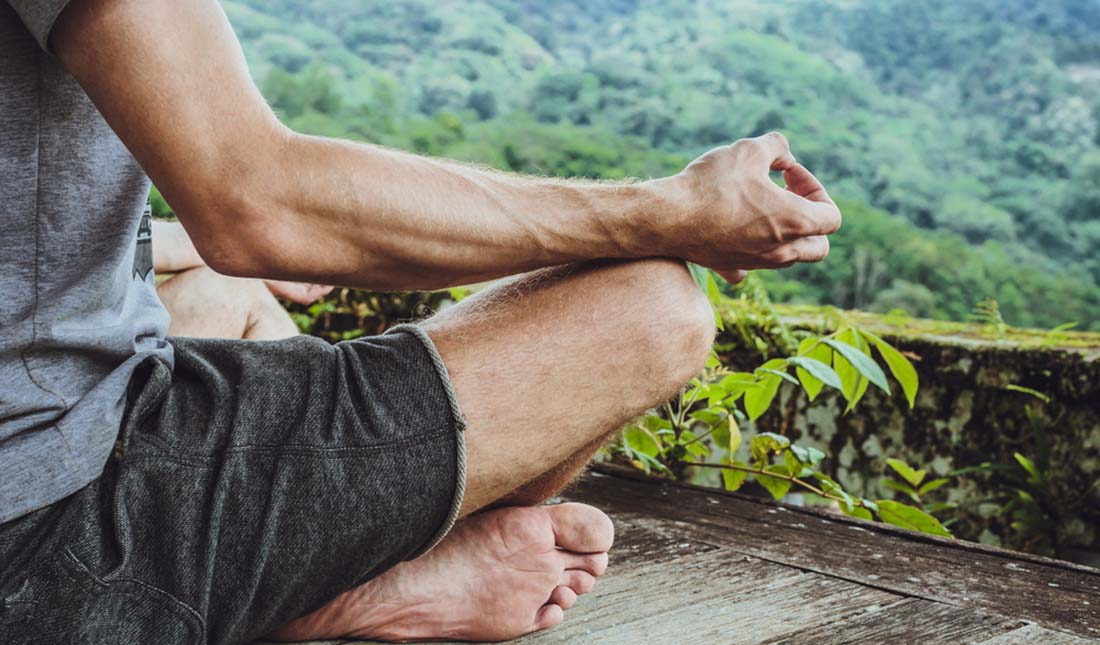How to Meditate? Understanding Mindfulness for Everyday Life
How to Meditate? Understanding Mindfulness for Everyday Life
Blog Article
Just How to Meditate: A Detailed Method to Achieving Mindfulness and Calmness
Meditation functions as an effective tool for attaining mindfulness and psychological calm in a hectic world. By recognizing the essential concepts and techniques associated with reflection, individuals can grow a practice that improves their total wellness. This conversation will describe important actions, from creating a conducive atmosphere to incorporating meditation into day-to-day routines. As we check out these parts, it becomes clear that the journey to mindfulness is not just about the act of being in silence, but instead about fostering a much deeper link with oneself and the globe around us. What might this change involve?
Understanding Meditation
Understanding meditation includes realizing its basic principles and techniques, which function as the structure for the method. At its core, meditation is a psychological exercise intended at advertising relaxation, constructing inner energy, and creating compassion and insight. The technique motivates people to concentrate their attention, commonly through techniques such as deep breathing, visualization, or concept rep.
Reflection can be classified into different styles, consisting of mindfulness, transcendental, and loving-kindness meditation, each with distinctive objectives and techniques. Mindfulness meditation highlights present-moment recognition and non-judgmental monitoring of sensations and thoughts, while transcendental reflection includes using specific concepts to transcend average mind. Loving-kindness meditation concentrates on creating a mindset of love and compassion in the direction of oneself and others.
No matter the technique utilized, the primary objective continues to be constant: to cultivate a much deeper understanding of the mind and its patterns. This self-awareness promotes emotional resilience, quality of idea, and an extensive feeling of tranquility (How to meditate?). By recognizing these methods and concepts, people prepared for a successful meditation method that can significantly improve their overall wellness
Preparing for Your Method
Before beginning your reflection practice, it is important to produce a setting for focus and leisure. Select a quiet area where you are not likely to be disturbed. This might be a corner of a space, a garden, or any kind of place that stimulates a sense of peace. Ensure that the location is clean and cost-free of clutter, as a clean environment can assist clear the mind.
Consider the lighting, as all-natural light can enhance your mood and energy. Soft, warm lighting is commonly extra relaxing than rough fluorescent lights. Additionally, choose a comfy temperature level, ensuring that you are neither too hot nor too cool.
Including components that advertise peace can better boost your experience. This could consist of soft paddings or blankets for comfort, as well as calming aromas from essential oils or scent. It can additionally be helpful to have actually a timer established for your reflection session to prevent disturbances from clock-watching.
Standard Meditation Techniques

An additional effective method is body check meditation. This entails mentally scanning your body from head to toe, discovering any type of locations of stress or look at this website discomfort and consciously loosening up those muscles. This method cultivates a much deeper connection in between your mind and body.

Finally, loving-kindness meditation concentrates on growing empathy towards yourself and others. Silently repeat phrases of a good reputation, enhancing emotional well-being and interconnectedness. Each of these techniques offers as a structure for your reflection trip, permitting you to locate the approach that resonates ideal with your individual technique.
Maintaining Focus and Mindfulness

Developing a committed reflection space can enhance the capacity to keep mindfulness. A peaceful, clean environment reduces diversions, permitting deeper immersion in the technique. In addition, establishing a time restriction can aid take click for more care of assumptions; beginning with much shorter sessions may ease the transition into longer practices.
Making use of techniques such as body scanning or observing experiences can additionally bolster mindfulness. These methods encourage specialists to stay existing and engaged with their physicality, securing their interest in the moment. Regular technique is crucial; the brain builds resilience gradually, creating a stronger ability for focus.
Incorporating Reflection Into Daily Life
Integrating reflection into life can change from this source routine activities right into opportunities for mindfulness and self-reflection. By incorporating mindfulness techniques into typical jobs, people can cultivate a higher feeling of visibility and serenity in the middle of the numerous hours of everyday life.
Begin by identifying moments throughout your day where you can practice and pause mindfulness. Even mundane activities like washing dishes or walking can become chances for reflection by directing your interest to the experiences of activity and the sounds surrounding you.
Additionally, reserving dedicated times for meditation can strengthen its technique. Start with short sessions, slowly boosting period as you come to be more comfortable. Use reminders or signs-- like a details time of day or a relaxing noise-- to establish uniformity.
Eventually, the objective is to weave mindfulness right into the material of day-to-day live, permitting you to approach each minute with intention, thereby boosting your general sense of well-being and clarity.
Verdict
Finally, effective meditation needs a silent setting, a comfy position, and a focus on the breath. By enabling thoughts to develop without judgment and continually redirecting attention to the breath, professionals can attain boosted mindfulness and tranquility. Integrating various techniques, such as body scanning and loving-kindness phrases, can even more enhance the method. Routine meditation, even in short sessions, promotes a deeper connection to the here and now minute, inevitably resulting in greater calmness and mental clearness in day-to-day live.
Reflection can be categorized right into numerous styles, including mindfulness, transcendental, and loving-kindness reflection, each with unique functions and approaches. Mindfulness meditation stresses present-moment recognition and non-judgmental observation of thoughts and sensations, while transcendental reflection entails the use of particular mantras to go beyond regular thought procedures.With your reflection area prepared, it's time to explore numerous fundamental meditation techniques that can aid cultivate mindfulness and inner tranquility.Continually preserving focus and mindfulness throughout meditation can be challenging, especially for those brand-new to the method.Establishing a devoted reflection area can improve the ability to keep mindfulness.
Report this page